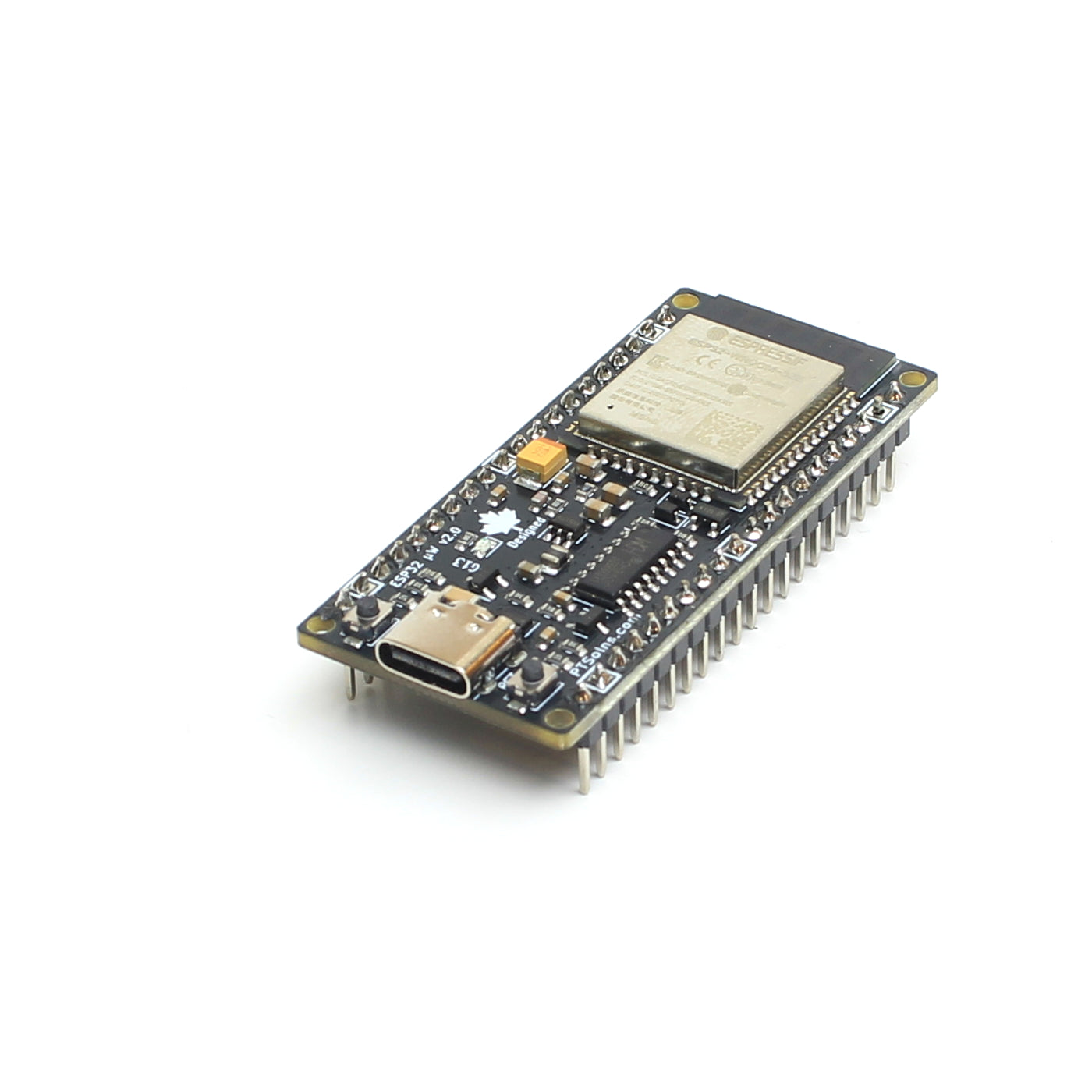This PCB Trace Width Calculator is based on the legacy IPC-2221 standard, a widely recognized guideline for estimating trace widths based on current, copper weight, and temperature rise. Although IPC-2221 has been succeeded by the more modern and detailed IPC-2152, which incorporates empirical data and thermal modeling, IPC-2221 remains popular for its simplicity and conservative approach. Its results, particularly for external traces, tend to be conservative, often recommending wider traces than strictly necessary. While modern PCB design software may use IPC-2152 for improved accuracy, this calculator is ideal for quick, first-approximation results, making it a valuable tool for early-stage design and educational purposes.

Input for Trace Width Calculation:
Input for Resistance, Voltage Drop and Power Loss Calculation:
Calculated Output:
Internal TraceIPC-2221 PCB Trace Width Formula
- \( I \) = Current (A)
- \( T_{Rise} \) = Temp. rise (°C)
- \( t \) = Copper weight (mil), where 1 oz/ft² ≈ 1.378 mil
- \( k \) = 0.024 for internal layers, \( k \) = 0.048 for external layers
- \( b \) = 0.44
- \( c \) = 0.725
- Assumes steady-state (not pulsed) current conditions.
- Trace is isolated in air, with no significant nearby heat sources or planes.
- Uniform copper thickness across the entire trace length.
- No forced convection or external cooling is accounted for.
- Uses different constants for internal (k = 0.024) and external (k = 0.048) layers.
- Formula is empirical and derived from legacy test data.
- Assumes constant cross-sectional area (no tapering or widening).
- Does not include resistance from vias, pads, or connectors.
Trace Resistance Formula
- \( \rho \) = Resistivity of copper (Ω·m)
- \( L \) = Trace length (m)
- \( w \) = Trace width (m)
- \( t \) = Copper thickness (m)
- \( \alpha \) = Temperature coefficient of copper (/°C)
- \( T_{Ambient} \), \( T_{Rise} \) in °C
Voltage Drop Formula (Ohm's Law)
- \( V \) = Voltage drop (V)
- \( I \) = Current through the trace (A)
- \( R \) = Trace resistance (Ω)
Power Loss Formula
- \( P \) = Power dissipated in the trace (W)
- \( I \) = Current through the trace (A)
- \( R \) = Trace resistance (Ω)

